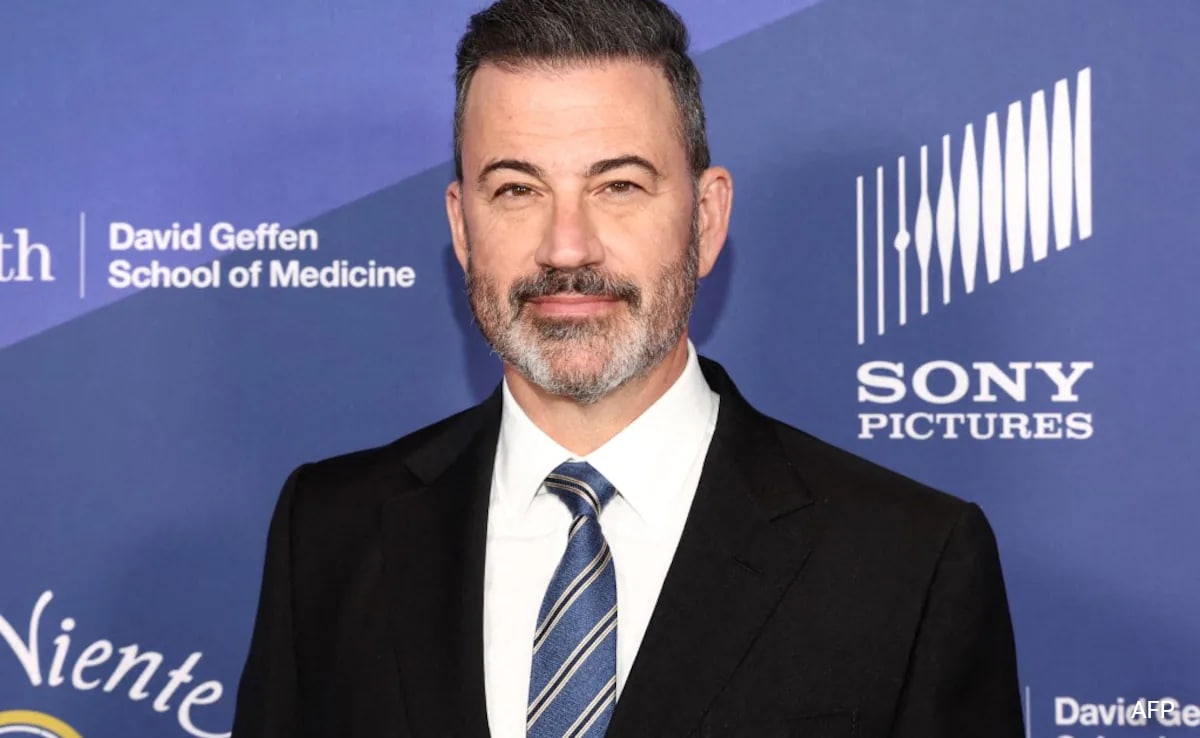Aboriginal artist Harold Thomas first created the flag in 1971 as a protest symbol. It is horizontally split between black â which represents Australiaâs Aboriginal peoples â and red â which symbolizes the earth and peopleâs relationship to it. In the middle is a yellow sun, a sign of the cycle of life.
The flagâs prominence quickly grew, and in 1995, it was formalized as the national flag for Australiaâs Indigenous communities.
But controversy stirred in 2018 when Thomas gave exclusive licensing rights to a non-Indigenous company, Wam Clothing, which began to threaten to fine companies that violated the copyright. In response, Indigenous communities launched a âfree the flagâ campaign, gaining support from groups such as health organizations and sporting clubs that frequently used the image on merchandise and other materials.
Some leaders of Australiaâs Indigenous communities praised Tuesdayâs deal, which was several years in the making.
âOver the last 50 years, we made Harold Thomasâs artwork our own â we marched under the Aboriginal flag, stood behind it, and flew it high as a point of pride,â Minister for Indigenous Australians Ken Wyatt said, according to the BBC. âNow that the commonwealth holds the copyright, it belongs to everyone, and no one can take it away.â
Acquiring the copyright puts the Indigenous flag on par with Australiaâs national flag, which is free to be replicated in a ârespectful and dignified way,â Australian Prime Minister Scott Morrison said, the Australian Broadcasting Corporation reported.
âAll Australians can now put the Aboriginal flag on apparel such as sports jerseys and shirts, it can be painted on sports grounds, included on websites, in paintings and other artworks, used digitally and in any other medium without having to ask for permission or pay a fee,â Morrison said. âWeâve freed the Aboriginal flag for Australians.â
Some Indigenous people, however, criticized Morrisonâs comments as misrepresenting the flag as a symbol of identity.
âThe Aboriginal flag does not belong to all Australians,â Bronwyn Carlson, director of the Center for Global Indigenous Futures at Macquarie University, wrote in the Conversation, an Australia-based media network. âIt belongs, like the land, to us as a symbol of our sovereignty.â
The government announced the deal one day before Australia Day, an annual holiday celebrating when the first British fleet reached the country in 1788. The day is also remembered by Indigenous communities as the start of European colonialization and an invasion of their land.
Morrison âis diverting the narrative so come Jan 26 he can claim to be a hero and miss the whole point of why we protest every year,â Rachael Sarra, an Aboriginal artist, wrote on Instagram.
Read more:
.png)











 English (United States) ·
English (United States) ·  Turkish (Turkey) ·
Turkish (Turkey) ·